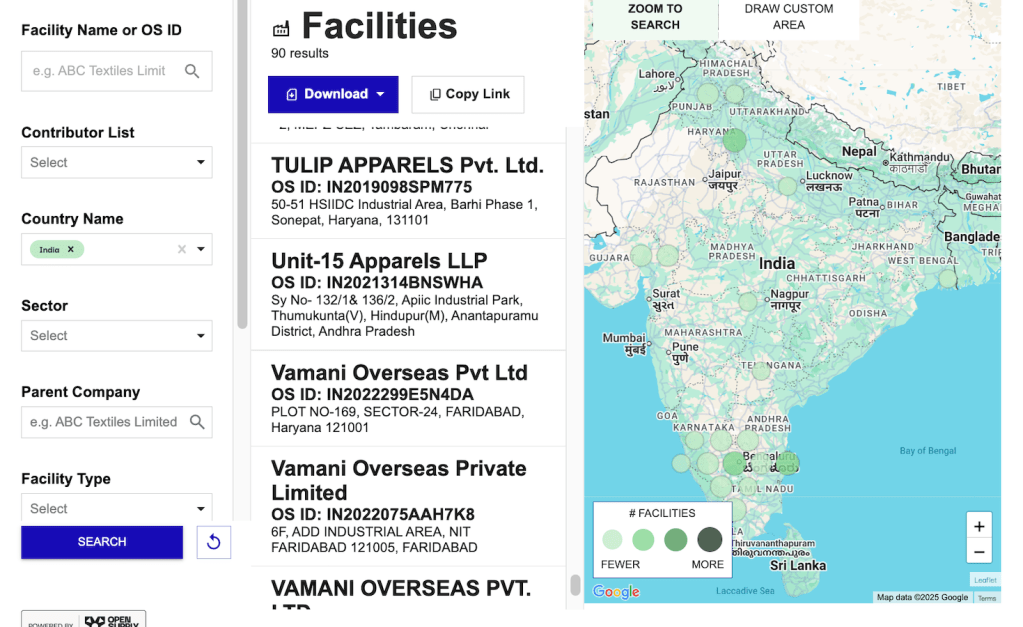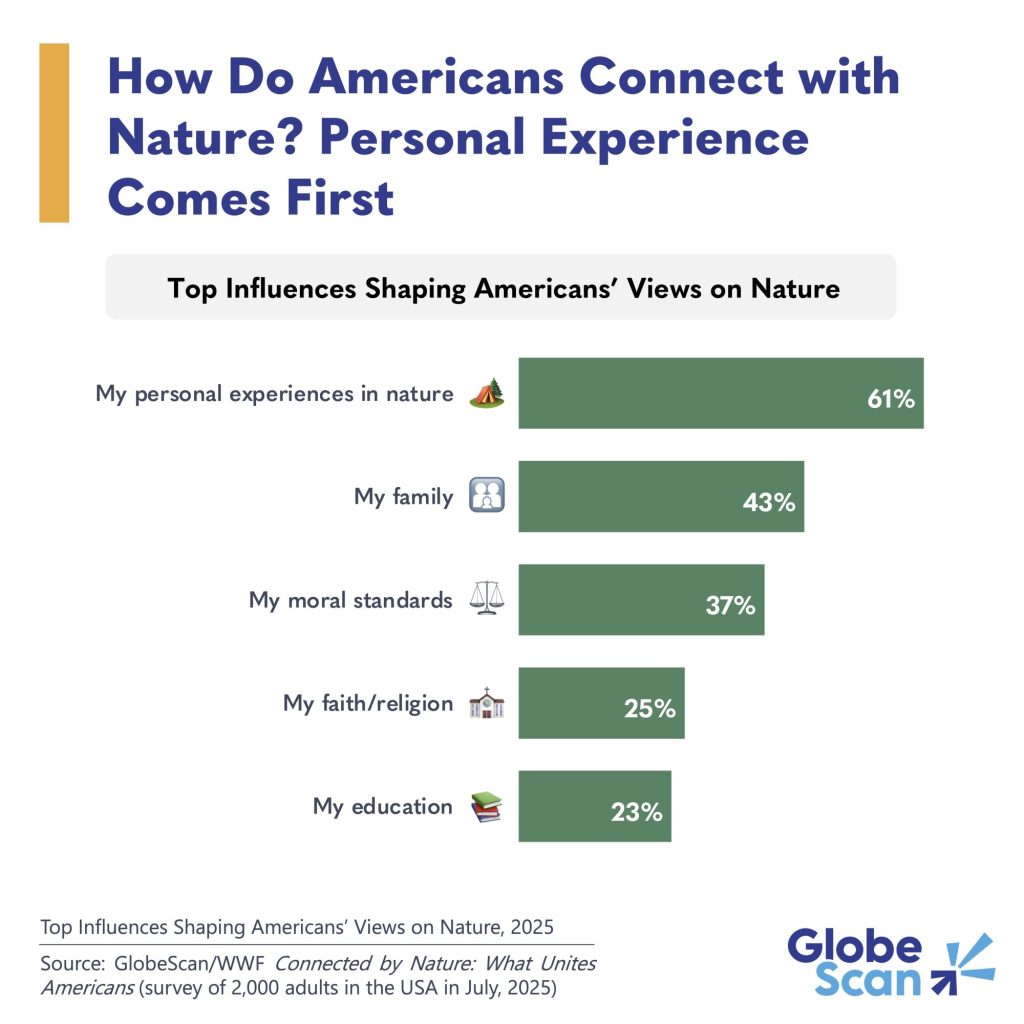Signet, parent company of jewelry retailers Kay and Zales, streamlined its environmental, social and governance strategy in 2023 to focus on 11 goals rather than 44.
Some commitments set just two years earlier, including a pledge to hit net zero by 2050 and a series of diversity, equity and inclusion goals, were dropped during the paring. The driving vision for the overhaul: set near-term targets for 2030 that were prudent and achievable, according to Signet’s sustainability team.
“One of the benefits of this refinement is it helps the entire company be really focused on our roadmap for sustainability and be really clear,” said Anna Bryan, senior director of ESG reporting and communications at the $6.7 billion company’s planetary impact.
The shift is showing up in Signet’s employee retention rates, which are 20 points higher than the industry average for jewelry retailers, said Colleen Rooney, chief corporate affairs and sustainability officer for Signet. “We feel like it adds value to the organization in many forms,” she said. “It definitely attracts talent.”
Recycling and reuse
A dominant theme of Signet’s refined focus is responsible mining and sourcing practices, a longstanding priority for the co-founder of the Responsible Jewelry Council.
The world’s largest diamond retailer is also prioritizing the use of recycled materials and incorporating more repurposed gems and precious metals into its new designs, a strategy also embraced by rivals Tiffany and Pandora, which has switched entirely to recycled silver and gold.
The two-decade-old Responsible Jewelry Council is advocating more circular sources across the jewelry supply chain to reduce the environmental and human rights impacts of mining, including new standards introduced in February that apply to lab-grown diamonds. Signet is well on track with commitments requiring all suppliers to ado pits code of conduct (100 percent) and to be certified by the council (91 percent).
“With jewelry, ‘recycling’ is different than it is with other products since diamonds and gold don’t otherwise get thrown away,” said Paul Zimnisky, principal with research and consulting firm Diamond Analytics. “But as natural gemstones and precious metals get rarer, I think we will see more repurposing in this way. I think it will become more common.”
Signet hasn’t set specific goals for growing the number of jewelry collections that use repurposed materials, but so far it features six — more than 200 separate pieces — under the Zales, Rocksbox, Kay and Ernest Jones retail brands. It also resold 65,000 pieces collected from customers during its most recent fiscal year: Signet’s Zales, Kay, Jared and Diamonds Direct brands offer a store credit to those who trade in jewelry while upgrading to a new piece.
The company has recovered 22,589 troy ounces of gold, 18,089 troy ounces of silver and 52,031 carats of diamonds, according to its 2025 sustainability report. The value of the recovered metals is at least $35 million.
“We are so very fortunate to work in an industry where the raw materials have value and can be resmelted, repurposed,” said Bryan. “It’s such an advantage when it comes to retailers that have products that don’t have a clear path or avenue for recycling.”
New emissions goals
Signet’s commitments for reducing greenhouse gases are nascent. Its emissions goals for the 2031 fiscal year were only set in March: a pledge to cut emissions from operations (Scope 1) and electricity use (Scope 2) by 11 percent, and a commitment to reduce the carbon footprint from suppliers (Scope 3) by 17.5 percent.
Signet uses an open-source target-setting and reporting methodology published by the Center for Sustainable Organizations, which executives said allow for quicker adjustments as market conditions or resource availability changes.
“We got really acquainted with the methodology, and we have this ongoing communication with the operations team and with the real estate team about levers we can pull or actions we can take,” Bryan said. If the team wants to adjust its scenarios, it can do so more easily. “We can get quicker results than if we were working with an outside consultant and had to rebase or remodel.”
Scope 1 and 2 account for 78 percent of Signet’s reported emissions inventory for FY25; the data it includes for Scope 3 is narrow and includes waste from operations and fuel/energy-related activities.
To reduce its electricity consumption, Signet is prioritizing energy efficiency conversions such as the installation of LED lighting in stores. It’s also seeking ways to build clauses related to the adoption of renewable energy into leases. That’s simpler to do for some brands such as Jared and Diamonds Direct, which typically operate in independent buildings. Signet is exploring ways to collaborate with other tenants in shopping malls, where Kay and Zales typically are located.
To cut its Scope 3 impact, Signet expects 85 suppliers doing at least $5 million in business with the retailer to start disclosing emissions and set annual reduction targets, practices required under updates by the Responsible Jewelry Council. The company said more than 40 percent of its supply chain uses at least some renewable energy in the manufacturing process.
“Footprint details are difficult to ascertain for industries with deep and complex supply chains,” said Zimnisky. “However, the diamond and jewelry industry has made significant progress in the area in recent years. It is encouraging to see such a global supply chain work together in this way.”
The post Why Signet, the world’s biggest diamond retailer, wants your old jewelry appeared first on Trellis.



